Switch language
About the White Stork tracking project
sight on landfill sites in Portugal in winter. How have more benign
climate conditions and free food contributed to this change
in migratory behaviour?
gulls and Cattle Egrets
If you see one, please contact us!
The migratory patterns of animals are changing in response to global environmental change. Previously wholly migratory species now have resident populations in Southern Europe. The causes of these changes are not fully established but both climatic change and increased winter food availability have been proposed as possible factors.
The iconic White Stork is a very adaptable, opportunistic species. Since the mid-1980s, increasing numbers of White Stork have chosen to stay in Iberia all year rather than migrate to Africa in winter. Some of the birds that winter in Portugal are from breeding populations in Central and Eastern Europe. Resident birds rely almost exclusively on the guaranteed, abundant food supply from landfill sites during the winter. They have also benefited from milder European winter temperatures. Consequently, the number of wintering storks in Portugal has increased significantly from approximately 1,180 individuals in 1995 to over 10,000 in 2008.
However, following EU guidelines to reduce the organic part of the waste deposited in landfill sites, several land fill sites will close in favour of modern facilities where food waste is handled under cover and birds will not be able to gain access. In Portugal several landfill sites will close at the end of 2014 and during 2014, this presents a unique opportunity to study the consequences of a dramatic reduction in winter food availability for resident individuals of a partially migratory population.
White Storks are a good study system because they are a long-lived (living on average 12 years but up to 25 years in the wild), extremely adaptable, opportunistic species that experiences variation in environmental conditions through their lives.
Project aim
We will test if this sudden reduction in winter food availability differentially affects individual migratory behaviour and mortality depending on sex, foraging site selection and body condition.
Some individuals will likely be more adaptable than others, but is an individual’s capacity to respond to environmental change affected by sex, foraging site selection and body condition? After landfill closure, will artificially high population numbers, around the landfill sites, find sufficient alternative winter food supply, or will some of the resident birds resume migration? Will the weakest individuals be out-competed and forced to migrate? This project has the potential to unravel some of the mechanisms underlying bird migratory behaviour.
How do we get data we need: tracking birds with GPS/GSM data loggers
We trap storks in landfill sites and deploy them with solar GPS/GSM loggers. These enable us to track white storks’ movements for several months. The loggers are assembled by members of the research group. Each logger collects high precision GPS locations five times a day - at 5am 8am, 11am, 2pm and 5pm GMT. The loggers also have an accelerometer, enabling us to obtain detailed information about the bird behaviour, as well as the speed. This data is transmitted every other day using the mobile phone network (GSM).
The high resolution GPS data allows us to identify which habitats are used and to quantify daily movement pre and post landfill closure. This information will enable us to assess changes in individual behaviour as a consequence of landfill closures.
Previously, these pages reported an experimental project and the tracks of 13 adult and 9 fledgling White Storks, this run from November 2012 to March 2014. This tracking was part of a PhD project based at University of East Anglia and co-supervised by the BTO. The logger batteries performed spectacularly, lasting well over a year for several individuals, generating huge amounts of data of high spatial and temporal resolution. None of the adult storks migrated and two of the fledglings remained in Iberia, which was surprising. Storks are highly dependent on the landfill, especially in winter and individuals were prepared to travel 25km and occasionally more to feed at landfill sites. The closure of the landfills will undoubtedly have a huge impact on the storks, but they are very adaptable and we will be tracking their new foraging habitat preferences.
Sex determination & genetic analyses
White Storks are difficult to sex in the field so feathers will be taken for genetic testing to assess if adaptive response is sex related. Additionally, by analysing blood samples of individuals with different behavioural responses we will examine if the adaptive capacity of individuals is reflected in their genome.
White Storks are a good study system because they are a long-lived species likely to have adaptable behaviour because they experience variation in environmental conditions through their lives. This project has the potential to unravel some of the mechanisms underlying bird migratory behaviour and to be relevant for conservation and to the general public.
Special thanks
To all the rubbish dumps for their interest in our project and for kindly permitting us to catch storks on their premises:
Aterro Sanitário Intermunicipal de Evora (GESAMB)
Aterro Sanitario de Vila Ruiva (AMCAL)
Aterro Sanitário de Ermidas do Sado (Ambilital)
Aterro Sanitário da Herdade do Montinho, Beja (Resalentejo)
Aterro Sanitario do Barlavento, Portimao (Algar)
A big thank you also to Kris Broos at Comandi for all his support this developing the loggers for our projects.
Funders
NERC, BTO, FCT (Fundacao para a Ciencia e a Tecnologia), ELSA

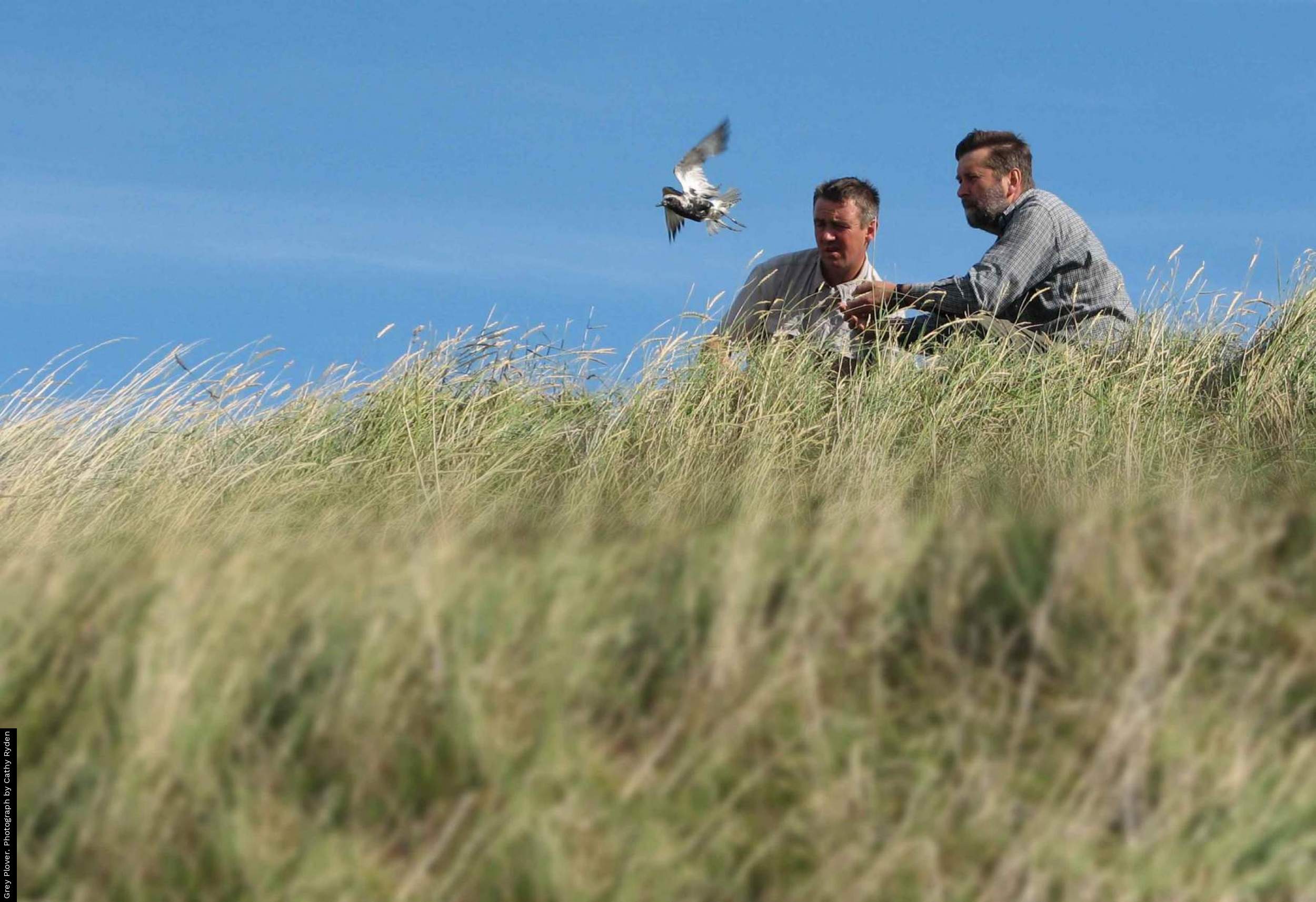
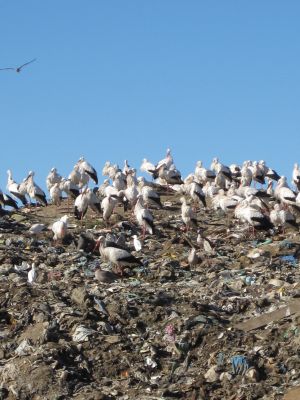
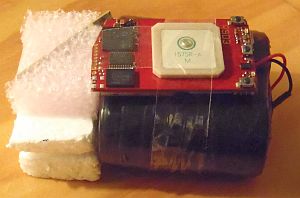
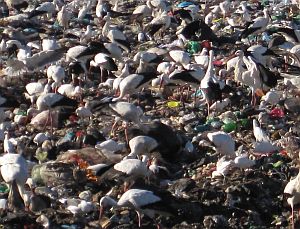
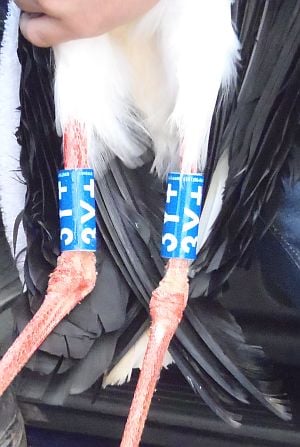
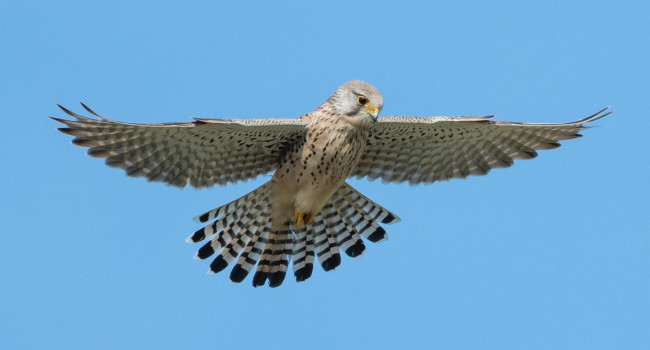



Share this page